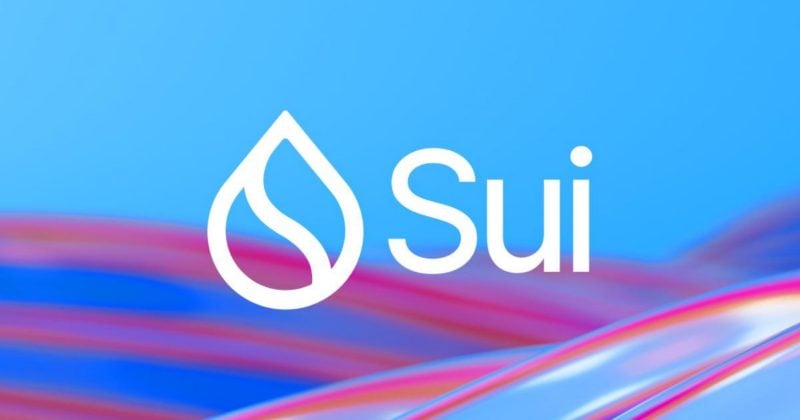ARTICLE AD
Microsoft was reported to be in the process of downsizing its gaming sector, affecting approximately 1,900 employees, which is 9% of its gaming division.
The rapid growth of artificial intelligence (AI) is reshaping the landscape of the tech industry, ushering in unprecedented levels of innovation and efficiency. However, this transformative wave comes with a notable repercussion as companies lay off employees to embrace AI innovation.
Tech companies have slashed around 34,250 jobs since the start of this year to better position themselves with investments in generative AI to power their next phase of growth.
January Layoffs: Shifts in Tech Workforce
The job cuts started in January with cybersecurity firm Proofpoint, which axed 6% of its workforce, affecting 280 employees. The company cited the decision as essential for maintaining sustained success and operational excellence as a top-tier business operating at maximum capacity. That same month, other tech companies such as eBay, Microsoft, Google, Amazon, Salesforce, Cisco, PayPal, and Block laid off thousands of staff to pivot to AI.
Microsoft was reported to be in the process of downsizing its gaming sector, affecting approximately 1,900 employees and involving 9% of its gaming division.
The move comes shortly after the completion of Microsoft’s acquisition of “Call of Duty” creator Activision Blizzard, in a deal valued at $69 billion. Cisco, on the other hand, announced in January that it plans to cut 82,307 jobs across different sectors.
February Layoffs: Continued Trends
The job cuts continued in February, with DocuSign announcing plans to reduce its workforce by approximately 6%, resulting in the elimination of 400 positions, as part of its efforts to lower costs and improve its struggling stock performance. The decision by DocuSign comes in the wake of a similar move by Snap Inc, the parent company of popular social media platform Snapchat, which slashed 10% of its workforce to prioritize investment in growth.
Additionally, last week, Okta, a company specializing in identification software, announced layoffs affecting 400 employees, equivalent to about 7% of its total workforce. On February 1, Zoom said it will lay off 150 employees, representing about 2% of the company’s workforce.
141 Tech Companies Have Conducted Layoffs This Year
These job cuts combined have been estimated to total thousands, sending employees back home amidst the ongoing economic crisis. Layoffs.fyi, a website dedicated to monitoring workforce attrition within the tech sector reported that a total of 141 technology companies have initiated layoffs since the beginning of the year.
Although there have been over 34,000 job cuts recorded thus far this year, data from Layoffs.fyi indicates that the scale of these losses is relatively smaller compared to the 263,000 job cuts witnessed last year. In 2023, major tech giants like Meta, Amazon, and Microsoft carried out extensive layoffs in response to the aftermath of the pandemic-induced period of excessive investment.
A Financial Times report on Tuesday said that the recent surge in layoffs indicates a strategic reallocation of resources by companies, aimed at facilitating investments in emerging areas like generative AI while reassuring shareholders of a sustained commitment to cost management.
Tech firms have been reassessing their workforce structures to identify areas for optimization to enhance operational efficiency. “There’s a recognition that some parts of the workforce may no longer be aligned with the company’s strategic direction. Streamlining operations could unlock greater potential for innovation and growth,” said Jefferies analyst Brent Thill.
Thill further cautioned that the trend of layoffs is likely to persist and may escalate further, attributing it to a “contagious” effect within the industry.

 9 months ago
58
9 months ago
58 

